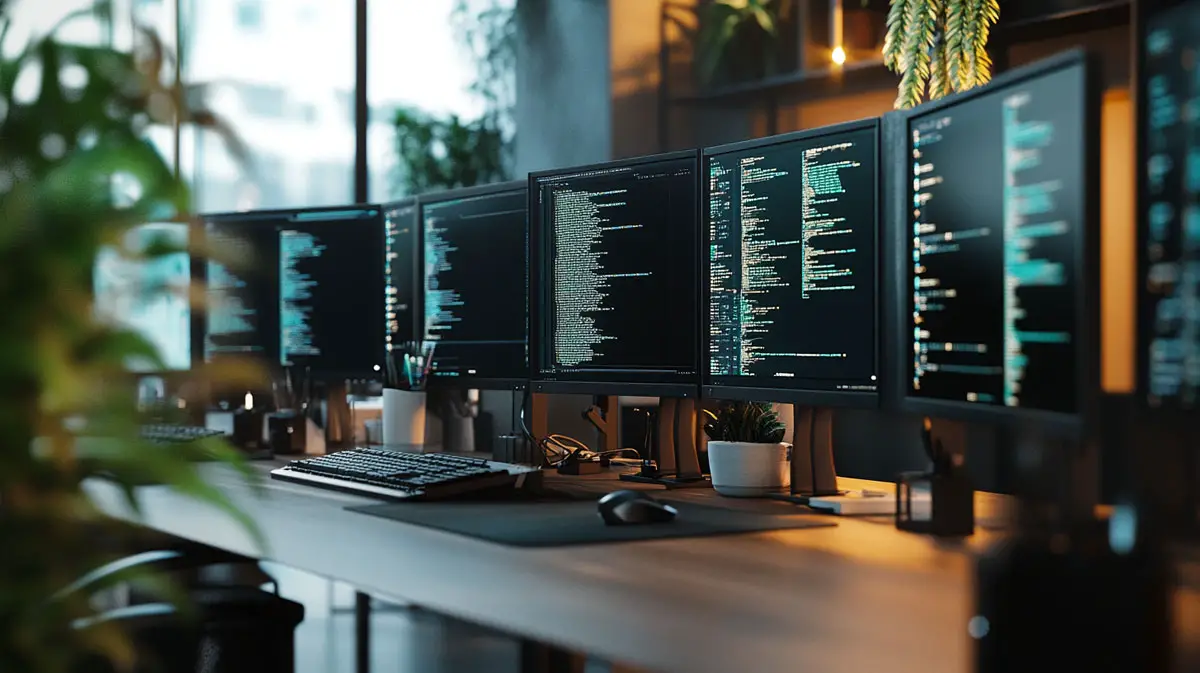The Creative Edge: How Render Farms Power Stunning Visuals in Media and Entertainment

The demand for high-quality visuals in media and entertainment has never been greater. Whether it’s the breathtaking CGI in blockbuster films, the immersive worlds in video games, or the hyper-realistic visuals in advertising, rendering plays a crucial role in bringing digital creations to life. However, producing photorealistic images and animations is incredibly resource-intensive, often requiring immense computing power and time. This is where render farms come into play, offering a solution that allows artists and studios to generate complex visuals efficiently without compromising on quality.
What is a render farm?
A render farm is a network of computers that work together to process and render high-resolution images and animations. Instead of relying on a single workstation, render farms distribute rendering tasks across multiple machines, significantly reducing the time required to complete a project.
For example, a single computer might take several days to render a high-quality animation, while a render farm can complete the same task in just a few hours. This parallel processing capability is essential for when deadlines are tight and comes in handy for industries like film, gaming, and advertising where render farms enable artists and engineers to produce high-quality visuals without hardware limitations.
Impact on creative industries
Render farms have revolutionized digital content creation across various industries, enabling filmmakers, game developers, and advertisers to push creative boundaries without technological limitations. Below are some creative industries and how render farms impact their workflow and production:
Film and TV special effects
Hollywood blockbusters and streaming series heavily rely on render farms to produce stunning VFX (visual effects) and CGI sequences. Movies like Avatar, The Avengers, and The Lion King (2019) used massive render farms to generate realistic environments, characters, and effects and allowed artists to experiment with complex lighting, physics simulations, and hyper-detailed textures without worrying about time constraints.
Game development
The gaming industry thrives on real-time graphics, but pre-rendered cinematics and high-resolution assets still require robust rendering power.Game studios use render farms to pre-render cutscenes, bake lighting maps, and generate photorealistic textures for games like Cyberpunk 2077 and The Last of Us Part II. Faster rendering means quicker asset iteration, allowing developers to refine models, textures, and lighting more efficiently.
High end advertising visuals
Luxury brands, automotive commercials, and product visualizations depend on crisp, photorealistic renders to showcase products in the best light. Car manufacturers like BMW and Tesla use render farms to create photorealistic product ads before a physical car is even built. Rendering high-resolution images ensures products look stunning across billboards, TV ads, and social media campaigns.Marketing teams require quick turnaround times, making render farms essential for meeting tight deadlines.
Behind the scenes
In a real-world studio setting, render farms are indispensable for handling large-scale projects without bottlenecks. By distributing rendering tasks across multiple machines, they allow artists and studios to meet tight deadlines without sacrificing visual quality.
Meeting deadlines without sacrificing quality
For animation studios, rendering millions of frames for films like Frozen and Toy Story is an enormous task. Render farms enable studios to process multiple scenes simultaneously, ensuring production stays on schedule. In VFX houses, render farms handle complex simulations, from photorealistic water and fire effects to large-scale destruction sequences. Without this level of computing power, such intricate visuals would be impractical to produce within reasonable timeframes. Even freelancers and small teams benefit from render farms, particularly cloud-based solutions. These services make high-end rendering power accessible without the need for expensive hardware, allowing independent creators to compete with major studios.
The role of AI and optimization
Modern render farms leverage AI-driven denoising, adaptive sampling, and GPU acceleration to optimize workflows. By reducing unnecessary computations, AI helps speed up rendering while maintaining high-quality output. This efficiency makes rendering more cost-effective, allowing studios to focus more on creativity rather than processing constraints.
The future of digital art powered by render farms
As technology advances, render farms will continue evolving, enabling artists to create even more ambitious projects. Several key trends are shaping the future of rendering. Advances in GPU technology are closing the gap between offline rendering and real-time graphics, leading to faster and more interactive creative workflows. With high-speed internet and scalable cloud infrastructure, render farms are also becoming more accessible and cost-effective for creators of all levels. These innovations will empower artists and studios to push creative boundaries while making high-quality rendering more efficient than ever before.
Conclusion
From blockbuster movies to cutting-edge advertising, render farms are the backbone of modern digital content creation. They empower artists and studios to push creative limits while meeting the increasing demand for stunning visuals. As rendering technology continues to evolve, the future of digital art looks more promising than ever.










